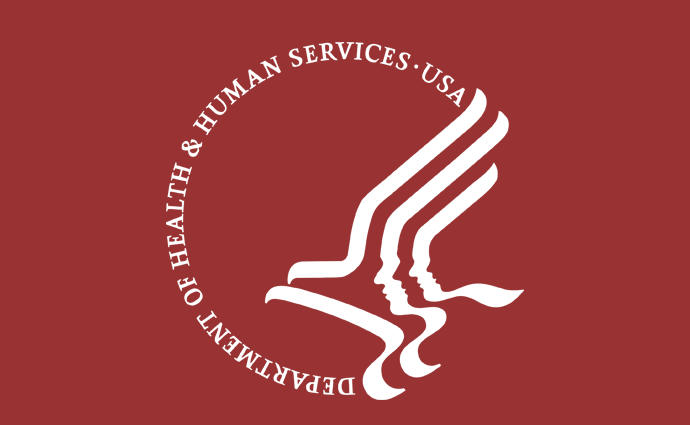HHS Signals End to Health Plan Identifiers in New Proposed Rule
HHS plans to abandon health plan identifiers following years of opposition from health payers and providers.

Source: Xtelligent Healthcare Media
- Years of pushback from industry stakeholders has motivated an HHS proposal to eliminate a federal requirement for identifying health plans in HIPAA transactions.
As everyone prepares to break for the holidays, the federal agency formally announced a notice of proposed rulemaking (NPRM) to eliminate the health plan identifier (HPID) and the voluntary other entity identifier (OEID).
The purpose of the proposed rule is to provide administrative simplification.
“The decision to propose to rescind the adopted standards was made following a careful assessment of industry input, as well as HHS’s intention to explore options for a more effective standard unique health plan identifier in the future,” the notice states.
According to HHS, HPIDs were intended “to improve the effectiveness and efficiency of the health care system,” but they failed to garner sufficient support, let alone adoption.
HPIDs struggled to replace payer IDs since their establishment following a 2012 final rule.
“In October 2012, organizations began to apply for HPIDs, and 11,000 numbers were assigned between that date and October 2014,” CMS recounts in the NPRM. “As the enumeration process began, professional associations for both health plans and health care providers submitted feedback that stated there was no need for the HPID in HIPAA transactions, and that the policy requirements were problematic, costly, and burdensome.”
A subsequent decision by HHS in 2014 to delay enforcement only added to the unlikelihood that the industry would take to HPIDs, according to the proposed rule.
A series of meetings held by the National Committee on Vital and Health Statistics (NVCHS) over a handful of years led to three discoveries:
First, the industry already has satisfactorily functioning mechanisms to route claims and other HIPAA transactions using the existing Payer IDs. Second, it would likely be a costly, complicated, and burdensome disruption for the industry to have to implement the HPID because it would require mapping existing Payer IDs to the new HPIDs, which would likely result in the misrouting of claims and other transactions. Third, the HPID framework does not provide added value for other anticipated purposes, such as including certain information in the transaction, including the name of the health plan name, the level of benefits or coverage description (medical, dental, vision, pharmacy), or co-payment and co-insurance responsibility for certain services (for example, certain optional and required coverage types).
In particular, providers voiced dissatisfaction with the use of HPIDs, noting that their health IT systems were programmed to identify payers rather than plans.
“The provider needs to know which organization should receive an inquiry about a patient’s eligibility for services, or which entity will receive the health care claim transactions. The organization that needs to be identified in transactions is the payer, rather than the health plan. Industry has clearly communicated that they are successfully routing transactions using the various Payer IDs, and cannot use the HPID,” HHS states in the proposed rule.
In a list of frequently asked questions (FAQs) via the federal agency’s listserv, HHS will terminate existing HPIDs and OEIDs on behalf of organizations, which are entitled to use in their HIPAA transactions as they see fit.
Once finalized, the rule would have implications for new versions of HIPAA standards and operating rules to reflect regulatory changes.
While the rule may enjoy the support of those who have opposed the use of HPIDs, its timing has raised at a few eyebrows.
Is it just me or did HHS slip this nugget in under the radar - NPRM to remove the health plan identifier requirement.https://t.co/69V1UijJld
— Genevieve Morris (@HITpolicywonk) December 19, 2018
The public now has 60 days to provide comment on the proposal. The comment period closes on February 19.
